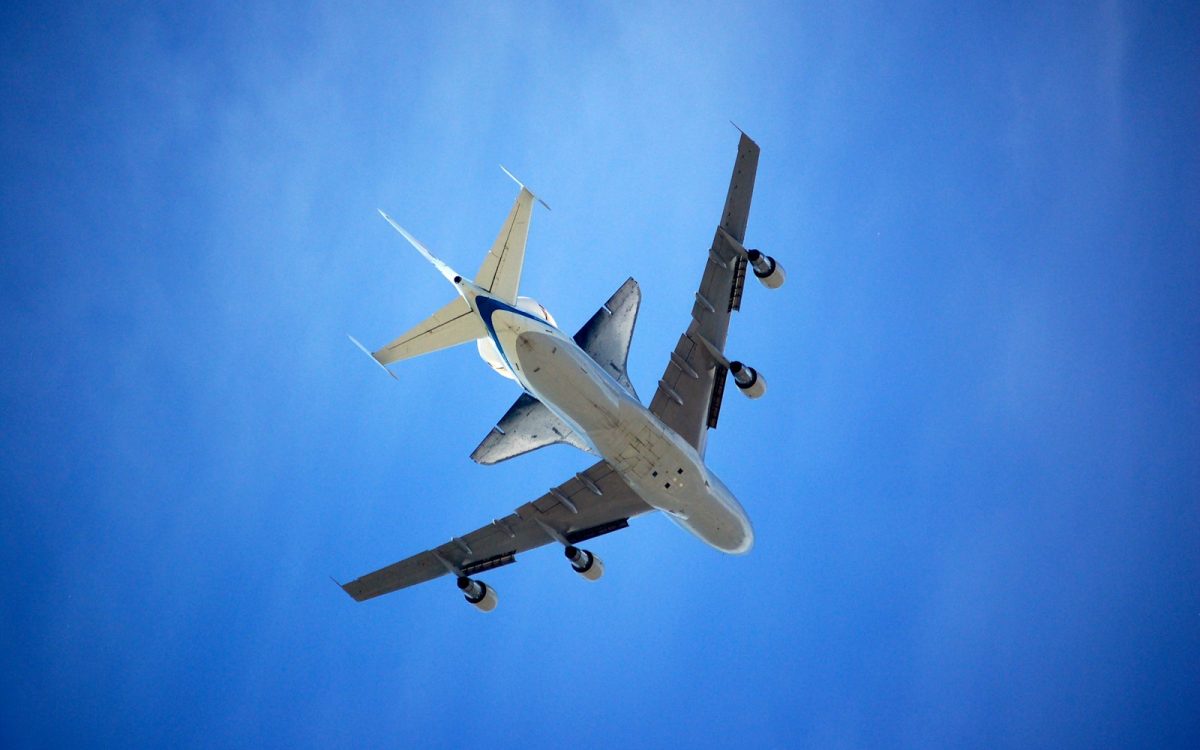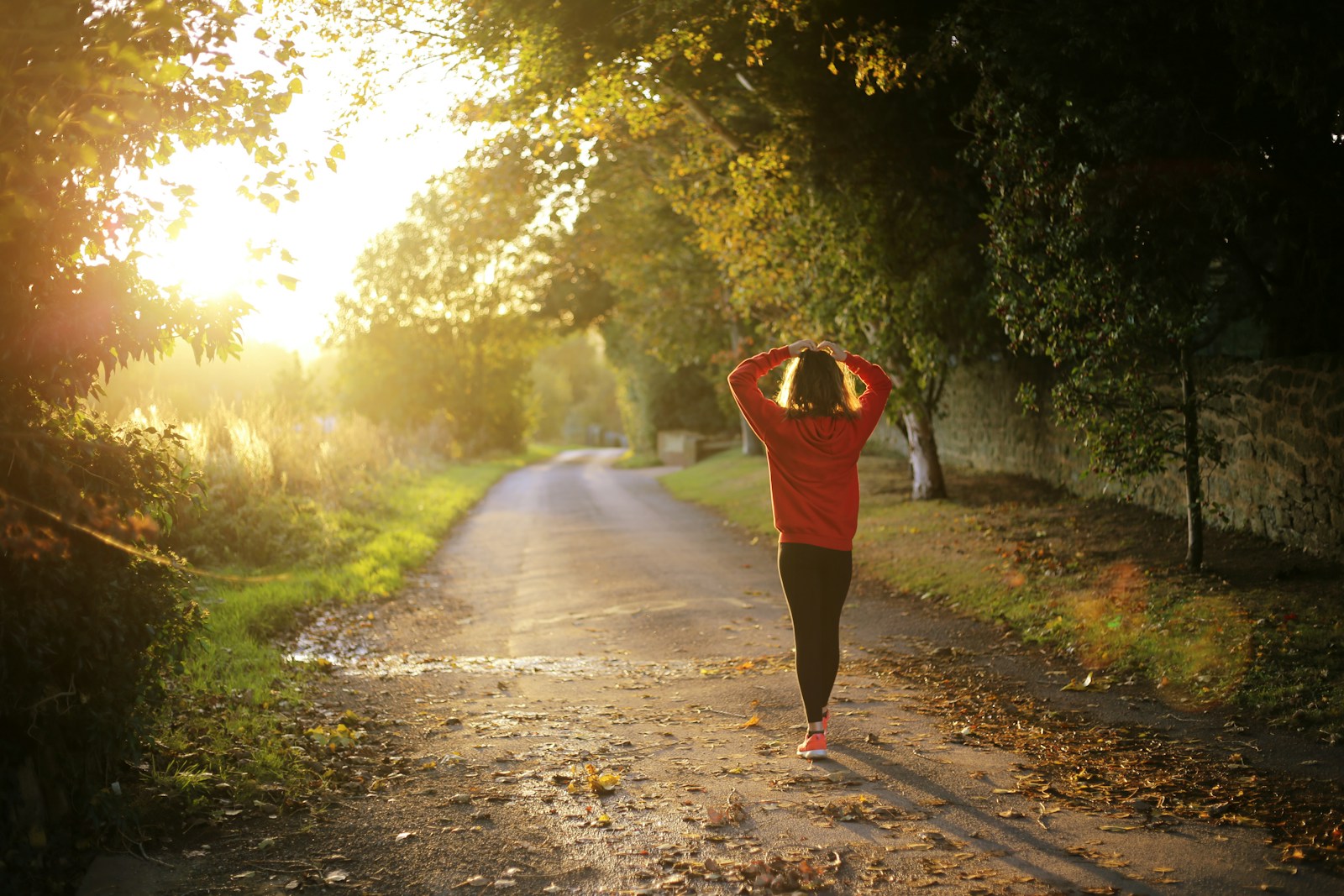Managing Jet Lag Like a Sleep Expert: Tips and Strategies
Jet lag occurs when your internal body clock (circadian rhythm) is out of sync with a new time zone. Sleep experts leverage science-based strategies to reduce the effects of jet lag and help your body adjust more quickly. Here’s how to manage jet lag like a sleep expert:
1. Plan Ahead Before You Travel
– Gradually Adjust Your Sleep Schedule: Begin shifting your sleep and wake times 2–4 days before departure to match the destination time zone. If traveling east, go to bed and wake up earlier; if heading west, stay up and wake up later.
– Modify Light Exposure in Advance: Light is a powerful cue for resetting your circadian rhythm. Get bright light in the morning (natural light or a light therapy box) to advance your clock when traveling east, and in the evening when traveling west.
2. Strategically Use Light Exposure
– Sync to Local Time: After arrival, time your light exposure carefully:
– Traveling East (e.g., New York to London): Seek morning sunlight to advance your biological clock.
– Traveling West (e.g., New York to Los Angeles): Seek evening sunlight to delay your internal clock.
– Avoid Bright Light at the Wrong Times: Wear sunglasses to reduce light exposure when it could misalign your rhythm, such as early morning (eastward travel) or late evening (westward travel).
3. Consider Melatonin Supplementation
– Use Melatonin Wisely: Melatonin is a hormone that helps regulate sleep timing.
– Traveling East: Take 0.5–3 mg of melatonin in the early evening, 1–2 hours before your new bedtime, starting the night of arrival and for several days after.
– Traveling West: Less often needed, but can help induce sleep if you’re going to bed earlier than usual.
– Consult Your Doctor: Before taking melatonin, especially for extended periods or if you have health conditions.
4. Sleep Strategically on the Plane
– Sleep Based on Destination Time: Try to sleep on flights that coincide with nighttime at your destination. Use sleep masks, earplugs, neck pillows, and noise-canceling headphones for better rest.
– Avoid Alcohol and Caffeine: Alcohol dehydrates and disrupts sleep quality, while caffeine can delay your ability to fall asleep if consumed too close to bedtime.
5. Adapt Quickly Upon Arrival
– Stay Awake Until Local Bedtime: Resist the urge to nap. If absolutely needed, limit naps to under 30 minutes.
– Spend Time Outdoors: Natural daylight helps reset your internal clock faster than indoor lighting.
– Eat Meals According to Local Time: This reinforces the new schedule and cues your body to adjust.
6. Maintain Good Sleep Hygiene
– Stick to a Wind-Down Routine: Help your body relax with a consistent pre-bed routine: dim lights, read, meditate, or take a warm shower.
– Keep Your Sleep Environment Comfortable: Ensure your hotel room or sleeping area is quiet, dark, and cool (around 65°F or 18°C).
7. Use Time Zone Travel Apps
Sleep experts often rely on technology to optimize light exposure and sleep timing:
– Apps like Timeshifter, Entrain, or Jet Lag Rooster create personalized jet lag plans based on your travel itinerary, sleep habits, and chronotype.
8. Stay Hydrated
– Hydration supports overall wellness and can reduce some of the fatigue, headaches, and discomfort associated with jet lag. Drink plenty of water before, during, and after your flight.
Summary: Key Takeaways
– Begin adjusting your sleep schedule before travel.
– Use light and melatonin strategically to shift your internal clock.
– Sleep on the plane according to destination time when possible.
– Avoid naps and seek light exposure upon arrival.
– Stay consistent and practice good sleep hygiene.
By aligning your routines and environment with your target time zone, you can dramatically reduce the severity and duration of jet lag — just like a sleep expert.




